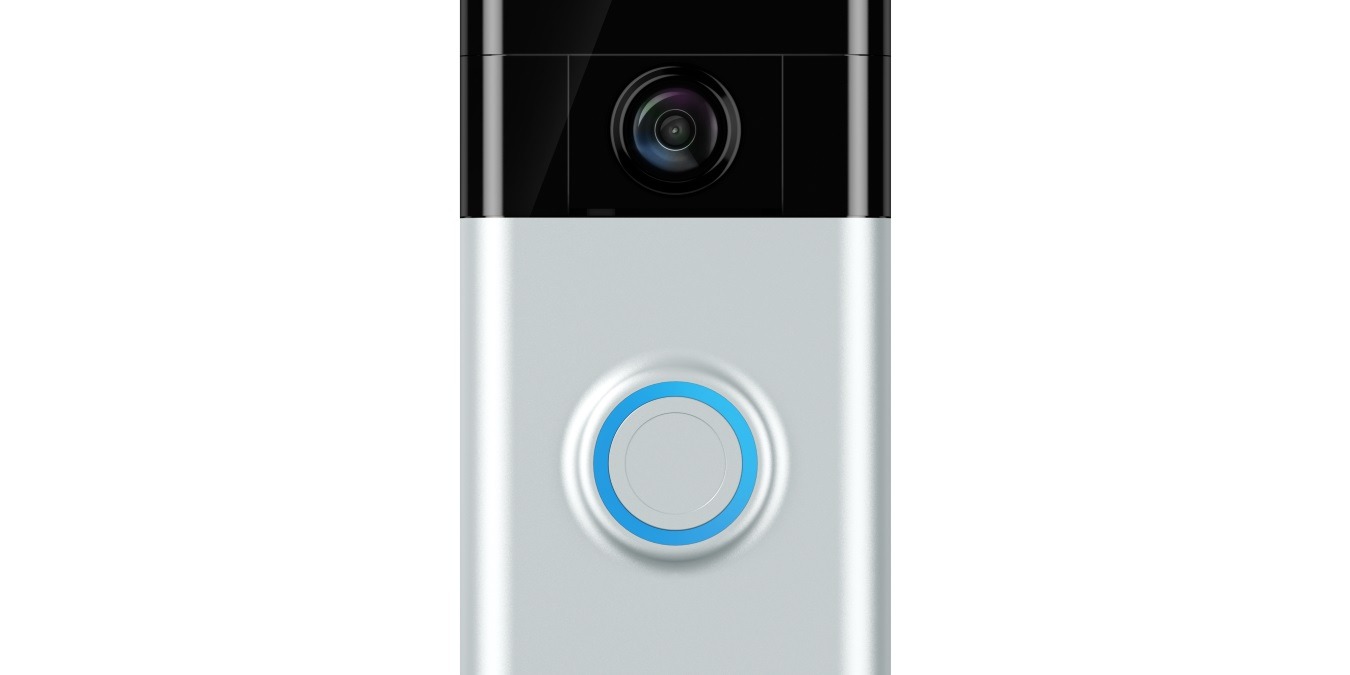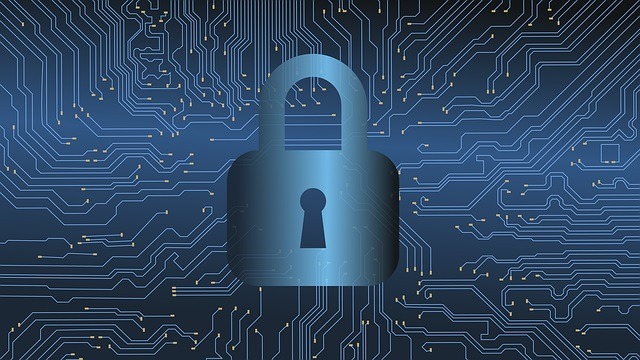
If you’ve been keeping tabs on IoT news, you’ll know that the Ring got into hot water a while ago. It was discovered that hackers were using Ring cameras to terrorize the very people the cameras were supposed to protect.
Now, Ring is fighting back by implementing a 2FA system for all Ring users. This helps stop hackers from getting an easy foothold onto someone’s network.
What Is 2FA?
2FA stands for “two-factor authentication,” and there’s a very real chance you already use it in your daily life! If you’ve ever tried to log into your account and the service sends a code to your email or SMS, that’s 2FA.

2FA is a good security measure because it’s easy for users to perform but hard for hackers to crack. In order for a hacker to bust open a 2FA lock, they also need access to where the code is being sent, such as an email address.
Did Ring Support 2FA Before?
Ring did support 2FA before the attacks happened. The problem was, Ring didn’t make 2FA mandatory for users. This meant new users could easily leave the setting off, which then opened the door for hackers.
This new update forces all users to set up 2FA before they can use Ring. This hopefully cuts down the number of attacks that Ring users suffer and improves the overall security of Ring.
When a Ring user logs in after today, they’ll be asked if they want a code sent via text or email. Whichever the user selects, Ring will send them a 6-digit code every time they log in, which they have to enter to prove it’s them.
What Else Has Ring Done?
Forced 2FA verification is actually the third step in Ring’s plan to make their system more secure. Since Ring suffered a series of attacks in December 2019, they’ve stepped up their security overall to stop the tide.

First, Ring will now let users know when someone logs onto their Ring account. With this, users can spot an odd login attempt and block it if they deem it to be from an untrusted source.
Ring has also implemented the ability for users to see who’s using the Ring cameras. Previously, users couldn’t tell if someone was using the camera unless they were directly looking at the “on” light on the device itself.
Now, users will have a control panel where they can see every user connected. If they spot someone shady, they can forcibly boot them off the network.
Unfortunately for Ring, these methods were criticized for not being good enough. After all, these are pro-active security methods, but they don’t stop hackers from accessing the network in the first place. All they do is reduce the damage a hacker will do.
With this new forced 2FA plan, Ring has made a step toward keeping hackers out of the cameras. It may not be 100 percent secure, as hackers have found ways to circumvent these measures in the past. However, it does force users to implement what some would argue is an essential security step for a home CCTV system.
An Added Ring of Security
With the recent wave of Ring-based attacks, Ring has decided to step up their security. Now, anyone using Ring must use 2FA authentication to give their network an extra level of protection.
Does this restore faith in Ring for you, or could they do more? If not, what do you think they could add? Let us know below.









